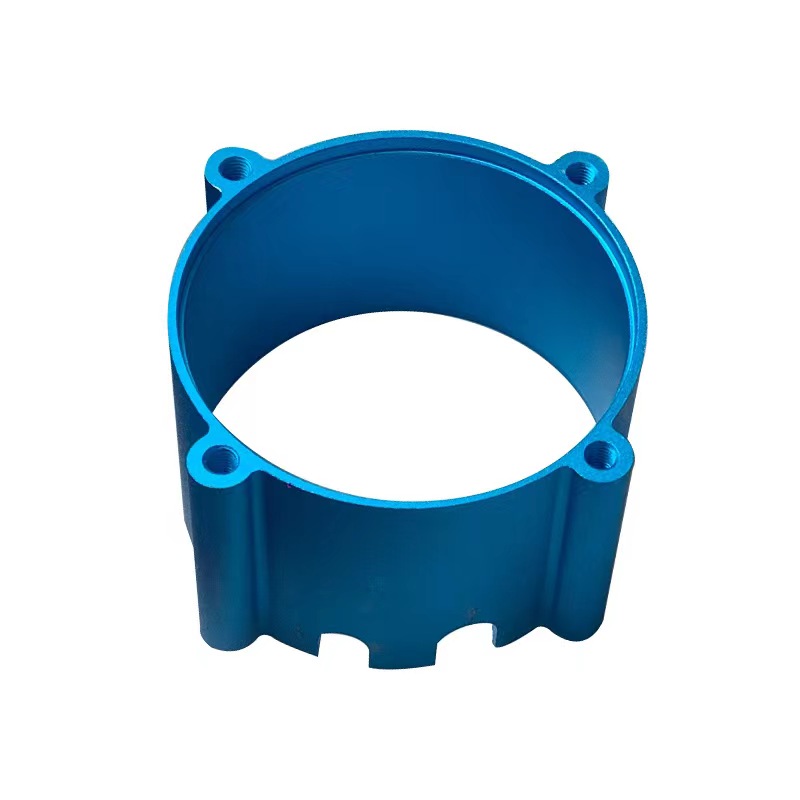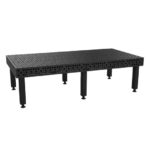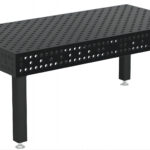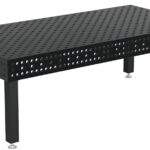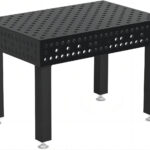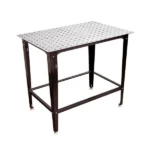Ceiling fans are indispensable fixtures in any modern home or office space, providing not only relief from sweltering heat but also adding a touch of elegance to the ambiance. While the blades of a ceiling fan often steal the spotlight, it’s the motor housing that serves as the unsung hero, housing the intricate components that power the fan into motion. In this exploration, we delve into the world of ceiling fan motor housings, uncovering their importance, functionality, and the diverse range of options available to enhance both aesthetics and performance.
Understanding the Motor Housing:
The motor housing, also known as the motor casing or motor housing cover, encapsulates the electric motor, safeguarding it from dust, debris, and moisture. It serves as the structural foundation of the ceiling fan, providing stability and support to the rotating blades while concealing the inner workings of the motor.
Exploring Motor Housing Parts:
A typical motor housing comprises various parts, each contributing to the efficiency and durability of the ceiling fan. From the motor housing casting, which forms the outer shell, to the electric motor housing that encases the motor coils, every component plays a crucial role in ensuring smooth operation and longevity.
Enhanced Design and Functionality:
In recent years, advancements in manufacturing technology have led to a plethora of options for ceiling fan motor housings, offering not only enhanced durability but also unparalleled design versatility. Whether it’s a sleek, minimalist design to complement modern interiors or a rustic, weathered finish for a vintage appeal, there’s a motor housing to suit every aesthetic preference.
Customization Options:
For those seeking a truly bespoke solution, custom motor housing casting allows for the creation of unique designs tailored to specific requirements. From intricate patterns to personalized engravings, the possibilities are endless, making it possible to transform a mundane ceiling fan into a statement piece that reflects individual style and taste.
Durability and Performance:
Apart from aesthetics, the quality of the motor housing directly impacts the performance and longevity of the ceiling fan. Opting for high-quality materials such as aluminum or stainless steel ensures resistance to corrosion and wear, prolonging the lifespan of the fixture and reducing maintenance requirements.
Energy Efficiency:
In addition to durability, modern motor housing designs prioritize energy efficiency, contributing to lower electricity bills and reduced environmental impact. By incorporating advanced insulation materials and optimizing airflow within the housing, manufacturers strive to minimize energy consumption without compromising on performance.
Finding the Perfect Fit:
With the myriad of options available, choosing the right motor housing for your ceiling fan can seem like a daunting task. However, with careful consideration of factors such as room size, ceiling height, and aesthetic preferences, selecting the perfect fit becomes a seamless process. Online resources and expert advice can also aid in making informed decisions, ensuring optimal performance and satisfaction.
Conclusion:
The humble ceiling fan motor housing may often go unnoticed, but its significance in both function and form cannot be overstated. From protecting the motor to enhancing the overall design aesthetic, it plays a vital role in elevating the comfort and style of any space. With a diverse range of options available, finding the perfect motor housing to suit individual preferences has never been easier. So why wait? Explore the possibilities and elevate your ceiling fan experience today!

